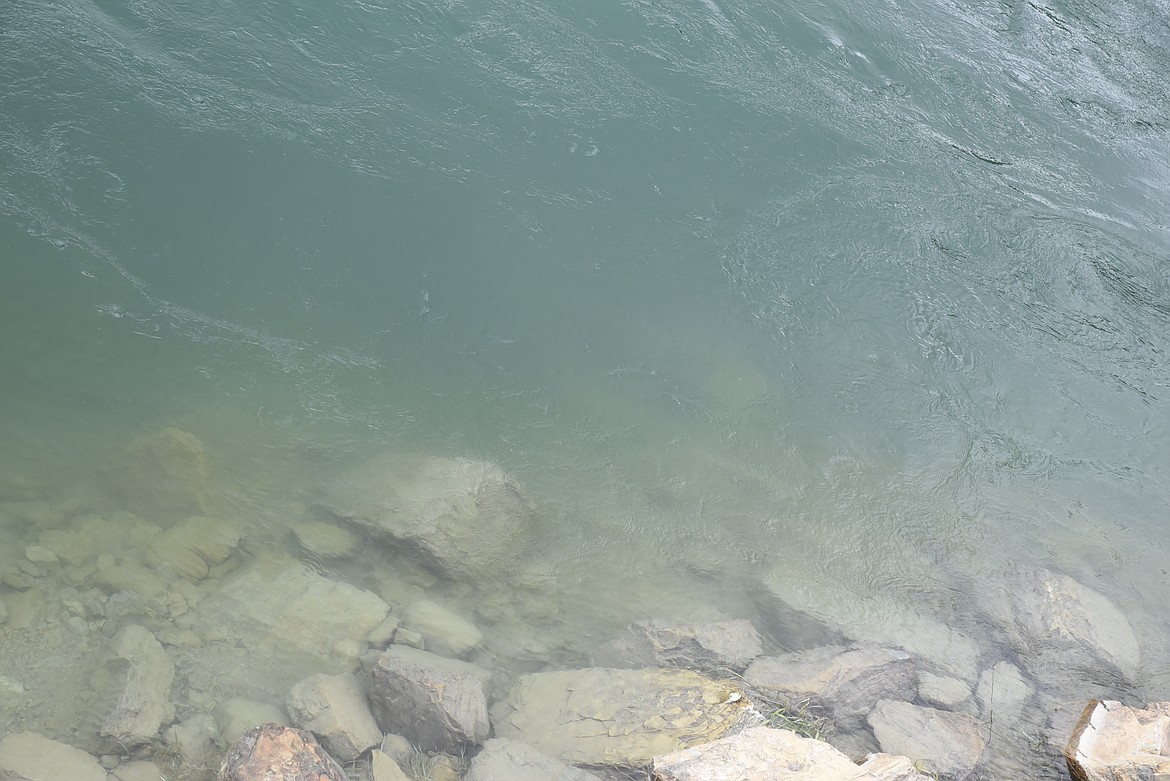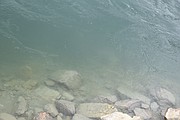EPA, Teck Resources differ on definition of ‘comprehensive’
The adjectives “comprehensive” and “limited” lean more toward being antonyms than synonyms. The words cropped up recently in separate references to the same information by a mining company and an environmental agency.
Teck Resources’ Canada-based open pit coal mines are sending pollution downstream to Lake Koocanusa and the Kootenai River. The company recently described as “comprehensive” the information it provided the U.S. EPA about a new water treatment process.
The EPA’s office in Denver, which received Teck Resources’ materials about the treatment approach, described that information as “limited.”
The focus is the coal company’s Saturated Rock Backfill process, which Teck reports is “achieving near-complete removal of nitrate and selenium from mine-impacted waters.”
Levels of selenium detected in Lake Koocanusa and, more recently, in the Kootenai River downstream of the Libby Dam, have raised red flags among people concerned about selenium’s potential effect on fish and other aquatic life.
Teck Resources has touted its comparatively new Saturated Rock Backfill water treatment process as an intervention that reduces pollution. The EPA asked for documentation of the effectiveness of the approach.
Chris Stannell is a spokesman for Teck Resources.
“We have provided comprehensive information and our engagement with the EPA with respect to the effectiveness of our Saturated Rock Fill technology is ongoing,” Stannell said. “This includes providing a report from an Independent Peer Review Panel.”
Richard Mylott is a spokesman for EPA. He said EPA reached out Feb. 4 for details about Saturated Rock Fill, or SRF.
“Although EPA has received some limited information to date from Teck Resources, we are continuing to work with British Columbia and Teck to obtain sufficient information to complete a substantive review,” Mylott said in a May 1 email.
The Saturated Rock Backfill process injects water needing treatment into excavations in former mining areas that have been backfilled with rock. Then, Teck says, “natural bacteria convert dissolved forms of selenium into a solid form which remains securely stored in the SRF and nitrate to inert nitrogen gas which is safely released.”
Mylott provided a statement from EPA, which noted that the new technology known as Saturated Rock Fill “has not been demonstrated at the geographic scale and multi-decade time scale needed to abate pollution from Elk River coal mines.”
He said performance of the SRF will directly affect pollution impacting U.S. waters. As a result, he said, “EPA in consultation with U.S. federal partners concluded it would be important to have U.S. mine remediation technical experts independently review the likely effectiveness of this technology.”
He said EPA has urged provincial partners at the British Columbia Ministry of Environment and Ministry of Mines, Energy and Petroleum Resources “to provide transparent disclosure of detailed design, construction and performance data and information from Teck’s SRF pilot to enable independent U.S. expert review.”
In turn, Stannell said Teck Resources has provided relevant information about SRF to regulators in Canada.
“The SRF has been endorsed for use by the B.C. government, and we have received approval to construct an expansion to double the current SRF water treatment capacity at Elkview Operations,” Stannell said. “Our SRF at Elkview has been successfully operating since January 2018, treating up to 10 million litres per day and achieving near-complete removal of nitrate and selenium from mine-impacted waters.”
Southern British Columbia has large reserves of high-grade metallurgical coal, which is mined and shipped globally by Teck Resources to steel manufacturers. The coal resides deep within mountainous terrain along the Elk River Valley and large quantities of overburden remain as part of the mining.
“Selenium leaches out of this waste rock and into the Elk River, a tributary of the Kootenai River which forms Lake Koocanusa,” according to the Montana Department of Environmental Quality.
Selenium is a naturally occurring element present in sedimentary rocks, shales, coal and phosphate deposits and soils. It can be a nutritionally essential element for animals in small amounts but toxic at higher concentrations.
EPA reports that selenium “bioaccumulates in the aquatic food chain and chronic exposure in fish and aquatic invertebrates can cause reproductive impairments.”
Researchers have found high levels of selenium in the eggs of whitefish captured downstream of Libby Dam.
Dave Hadden, executive director of Headwaters Montana, has said urgency was needed in seeking potential solutions to the selenium that is settling in Lake Koocanusa and polluting the Kootenai River.
“For Montana, the problem is going to grow in size and complexity as years go by,” Hadden has said.
State Sen. Mike Cuffe, R-Eureka, has expressed concern about the selenium pollution. Yet he has also said he believes Teck is spending a lot of money to try to reduce the contamination.
Hadden said Teck’s expenditures must be considered in context.
“The key to this issue is not how much money is being spent, but: Is the technology actually working? Is it working at the scale of the problem? And how long will the pollution technology work after the mines shut down in 50 years?” Hadden said.
He said selenium will continue leaching from the waste rock pits for 1,000 years or longer.



